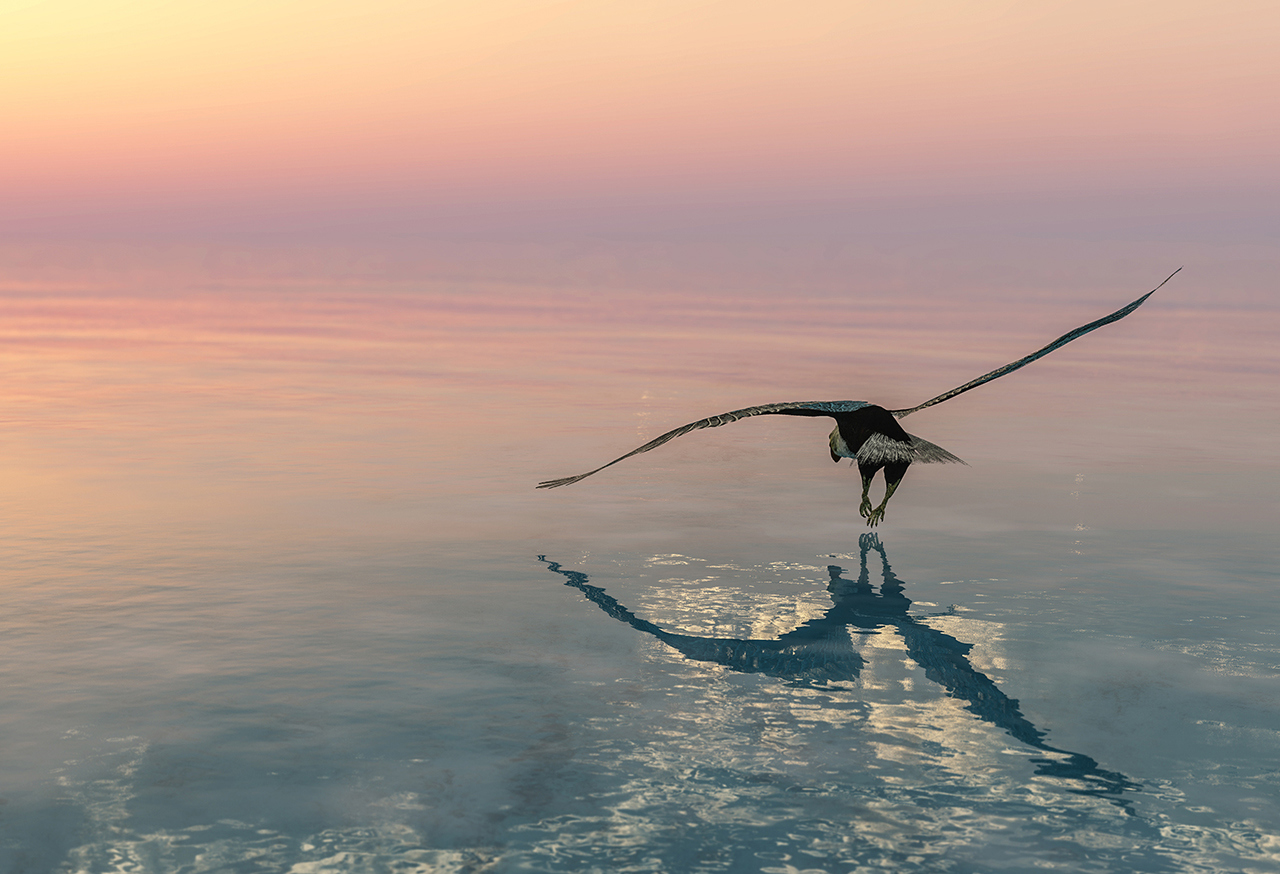The government's balancing act: boosting public finances without spooking investors
Energy transition Investment Economics, policy and regulatory advice Power markets
The need to narrow the public finances deficit and fund the energy transition led to the Chancellor announcing changes on Monday 29 July to its additional tax on Oil and Gas producers. Known as the Energy (Oil and Gas) Profits Levy, it was introduced in the height of the energy crisis to recover supernormal profit from oil and gas producers.
The headlines of these changes are:
- A 3% increase in the EPL from 35% to 38% - bringing the rate of tax on upstream oil and gas to 78%.
- The removal of the EPL 29% investment allowance from 1 November 2024 but maintaining the 80% decarbonisation investment allowance.
Both BP and Shell have reported significant profits in 2024 so far – with Shell announcing $7.7bn Q1 profits in May and BP today announcing Q2 profits today at $2.8bn, both outperforming analysts’ expectations.
Despite these profits, these announcements will no doubt sound some alarm bells in the upstream sector. This increase of 3% will likely have a limited impact on the profitability and investment decisions of Oil and Gas producers. Where the real concern will lie though will be in the removal of the investment allowances which has been a key strategy to minimise the impact of the EPL.
Investment allowances
The investment allowances were aimed at maintaining investor confidence in the UK energy market. After all, many of the oil and gas majors are some of the largest investors in the energy transition, particularly as they look to diversify their operations.
There were two investment allowances in the original legislation:
- an 80% decarbonisation allowance (which remains in place) for capital expenditure on the de-carbonisation of upstream petroleum production; and
- a now removed 29% investment allowance for capital expenditure in any other of a company’s operations.
These investment allowances are inconsistent with another tax in this space - the Electricity Generators Levy (EGL). The EGL is the additional tax of 45% targeted at inframarginal electricity generators on revenues above £75/MWh. These units are typically low carbon units in receipt of either RO, FITs or are merchant generators that had received higher than usual revenue as a result of the energy crisis. The only investor allowance in the EGL is an exemption on any new investments made on or after 22 November 2023 in the clean energy space.
Table 1: the comparison in design of the Energy Profits Levy (Oil and Gas producers) and the Electricity Generator Levy (inframarginal power generators)
| Levy | Taxation levy | Investment allowances |
| Energy Profits Levy | 38% (previously 35%) | 80% decarbonisation allowance (29% investment allowance removed) |
| Electricity Generators Levy | 45% on earnings over £75/MWh | EGL will not apply to new investments in clean energy after 22 November 2023 |
This disparity between mechanisms essentially made investments from EPL investors more enticing than other investors (including EGL targeted investors – many of which were long-standing investors in the UK energy transition).
Historic clean energy investments had performed below market expectations
For context of the market conditions leading up to the energy crisis, many of those impacted by the EGL had made investment in clean energy over the past decade or longer. Over this time, we have generally observed the market outturn below what was expected against wholesale market projections.
In the table below we present the government wholesale electricity price projections in three year intervals between 2010 and 2019, and overlay this with the average day ahead price from 2015-2022.
Figure 1: Average day ahead market price compared to DECC/BEIS Energy and Emissions Projections Wholesale price projections (Source LCP Enact and BEIS)

Most of the investments made by those ultimately targeted by the EGL legislation would have been made off the earlier projections (considering the time between Final Investment Decision (FID) and commissioning), where the market had underperformed compared to the day ahead price outturn. Only in the 2020’s have revenues exceeded what would have been expected.
Many investors have argued that the overperformance from 2021 has been necessary to make up ground on lost earnings and breakeven and argued against an overly penal profit clawback mechanism like the EGL. It could be argued that if a level of overperformance was allowed (rather than taxed under the EGL) it would incentivise further low carbon investment into the UK energy market and restore some lost confidence that was particularly prevalent after Kwasi Kwarteng’s 2022 September fiscal announcement. Although this paper is not a call to remove the EGL – it does highlight how the original design of the EPL and the EGL were not aligned.
Risking the efficiency of investments
The disparity of investment allowances across the two taxation schemes has changed the investment dynamics in the UK. Whereas an organisation that is targeted within the EPL framework could make an investment valued based on the savings from the investment allowances, the EGL (and non-EPL) investors would invest based on the fundamental merits of the individual investment.
This not only would essentially act to crowd out other investors who would be investing based off just the value of the investment, but it would also likely result in the inefficient deployment of capital. To ensure that sound investment decisions are made, capital should be deployed based on the Internal Rate of Return (IRR). By removing those drivers and introducing a principal objective of an investment being driven by “tax relief” risks leading to unintended outcomes. This is further complicated by placing time limitations on when an investment needs to be made to be deducted from EPL taxation (based on taxation/accounting period).
It could have been argued that the additional incentive of the tax relief could make more nascent technologies investable. Particularly those that are seen as a crucial transitional technology such as hydrogen (and hydrogen to power), and CCUS – both of which are of large interest to oil and gas incumbents. However, the decarbonisation expenditure to access up to 80% investment allowance being limited to decarbonising the oil and gas installations – essentially limits the innovation of these private enterprises by restricting where investments can be made.
By now removing the wider 29% investment allowance, the government has brought the EPL closer in line with the EGL and offers a more level playing field in the investment of low carbon technology in GB. Meanwhile, Oil and Gas producers have maintained the 80% relief on capital expenditure on the de-carbonisation of upstream petroleum production which, whilst generous, is a necessary factor to decarbonise what will remain for the foreseeable future a vital sector.
Conclusions
Many of the oil and gas producers in the UK are multi-national corporations with interests globally. Any changes to the taxation regime should be considered carefully by the UK government and the incentives it is offering. The capital – both workforce and financial – that oil and gas producers provide will be crucial to the energy transition and the development of offshore skills. This is particularly important to harnessing the future wind power generation, hydrogen production and carbon storage.
Although the news of a levy increase and removal of allowances will be taken as concerning for the upstream oil and gas sector, this decision now levels the playing field between the two schemes – limiting any risk of crowing out of investors. It should also mitigate the risk of inefficient capital deployment that arose from HMG offering different incentives to investors, and, the ideal, is that this avoids crowing out those that have been investing in GB for a decade or longer due to tax relief schemes.
At LCP Delta we work across the energy value chain, and we work with commercial and public clients, and investors every day to support them in navigating the changing energy sector. If you would like to discuss this in more detail, or you would like to understand how we can better support you, please do reach out.





